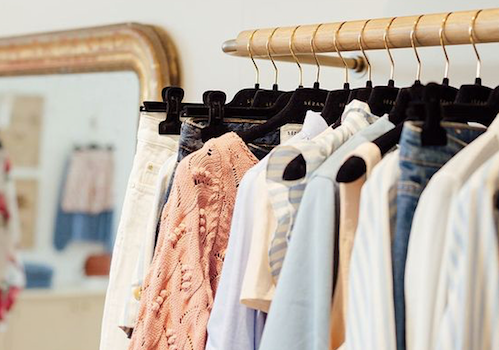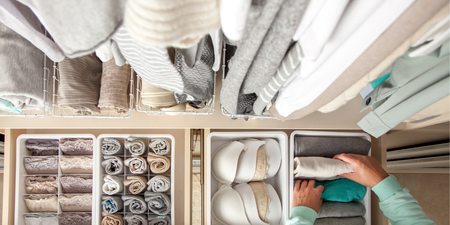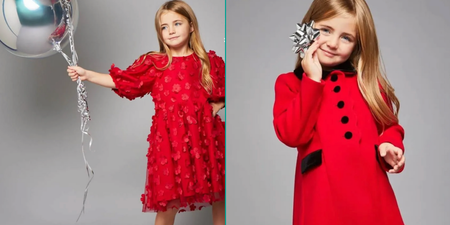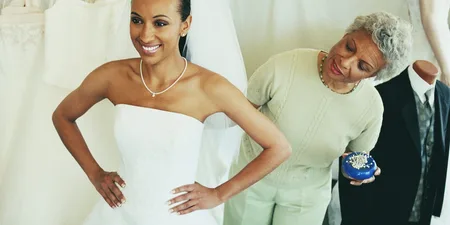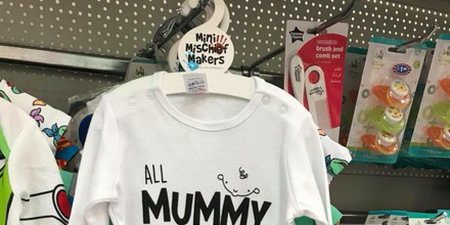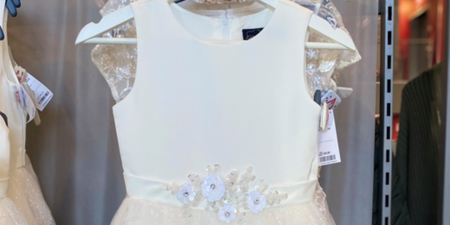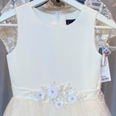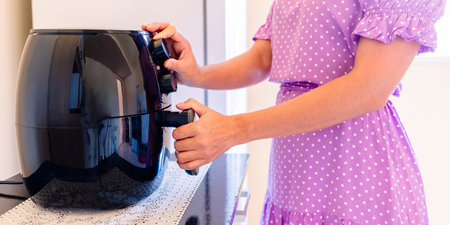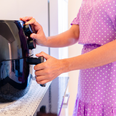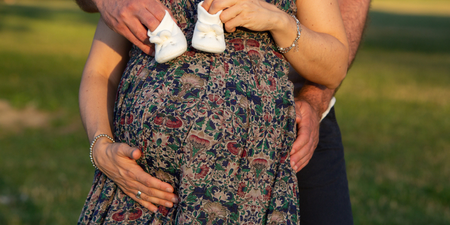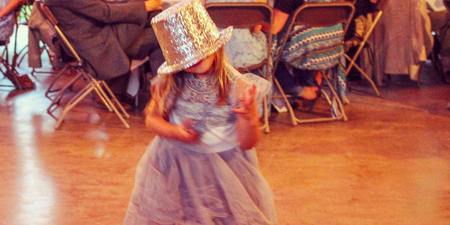On an organising buzz too?
So far this lockdown, I have organised my kitchen drawers, bathroom presses, stacks of magazines, old photographs and a whole bunch of other things in my home – including my car, which has been a long-overdue project.
Now, however, the time has come to tackle my wardrobe – another one of those tasks I have known deep down for ages I really ought to do – yet have been putting it off, as it just seems like such an overwhelming and stressful ordeal, to be honest.
However, I am a firm believer in calling in experts when you are out of your depth – and was lucky enough to have been able to pick the brain of Clara Halpin, Head of Personal Shopping at Arnotts for her best tips and tricks when it comes to decluttering your wardrobe and building a wardrobe that leaves you never feeling like you have nothing to wear ever again.
A Step by Step Guide to Decluttering Your Wardrobe
“With everyone spending more time at home at the moment, there has never been a better time to spring clean and declutter your wardrobe,” Halpin explains. “And with a few quick and easy top tips, getting dressed in the morning will become a whole lot easier.”
Halpin explains that when approaching decluttering your wardrobe, you should start with a plan and the following order:
Before you begin:
- Gather as many skinny plastic or ideally velvet hangers that you can
- Remove all wire hangers as they misshape your clothes
- Choose wooden hangers for heavy coats
- Take all clothes out of your wardrobe and put on the bed
- Ensure that every garment is clean
- Clean the inside of your wardrobe/chest of drawers
Halpin suggests starting by looking at your lifestyle and consider the following questions:
- Are you working?
- Do you work full time/part-time?
- Are you working from home?
- Are you a busy mother on the go?
- Do you have a big social life?
- Do you go to lots of formal events?
- Do you like to keep fit/go to the gym?
Trying to determine what types of clothes you actually wear and need will give you a much clearer idea of where you are going, Halpin explains, as your wardrobe should reflect your lifestyle.
Next, create four groups while going through each piece:
- Clothes that you can possibly resell or give to a charity
- A ‘Maybe’ pile … clothes you’re not sure about that you can revisit at the end
- Clothes that you will dispose of as they are too worn/stained to give away
- Clothes that could be altered to give them a new lease of life
And then – ask yourself the following questions when trying each piece:
- Does it fit?
- Have I worn it in the last six months?
- Do I like it?
- Does it suit me?
- Does it match anything else in the wardrobe?
Next, turn the hanger in the opposite direction when putting the pieces back in that way you will quickly see the next time you are decluttering what you have not worn in the last six months.
Organize clothes by category: dresses /tops/ skirts/trousers etc and keep them in colour.
Ideally, you should have a particular colour palette that works for you ensuring every piece works back to another piece within the wardrobe. Every garment should be visible at the end of your decluttering.
Occasionwear, particularly formal occasion wear should be stored separately to your ‘everyday’ wardrobe.
Another category that can take up a lot of space is holiday wear. Create a holiday case or box containing swimwear/kaftans and summer dresses. These items don’t need to be stored with your everyday wardrobe. Ensure all of these clothes are clean before you store them a case. That way you will always be holiday-ready when the time comes around!
Top tips
- Watch out for too many of the one garment
- Do a list of items/basics that you need to replace or garments needed to pull a look together
- Shoes/bags should also be looked and ensure bags are stored with dust bags
- Keep shoes cleaned and all repairs/heels looked at and stored in boxes so they are easier to find and they will stay in better condition
“Take your time and remember it will be worth it when it’s all done,” Halpin says. “You will never stand in front of your wardrobe and say I have nothing to wear again!”
